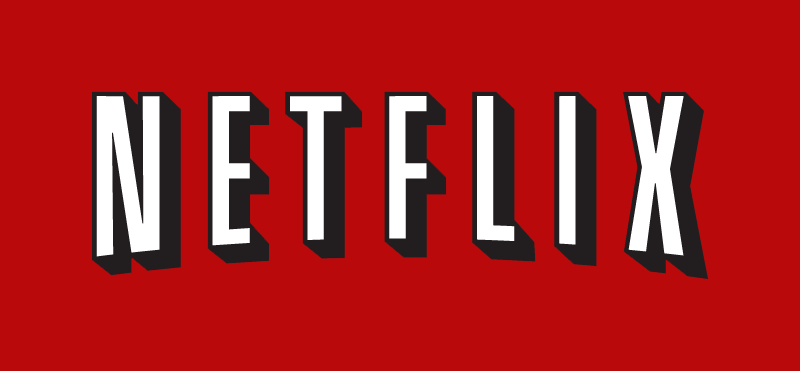Improved sound-reproduction infrastructure
Some of you may use two or more sound cards in your computer; such as using the sound circuitry that is part of your motherboad as well as an aftermarket sound card. Windows 7 caters for that by allowing you to relegate a particular sound subsystem to a particular program or activity. A common use would be to use a Bluetooth headset for Skype and related VoIP communications, gaming taunts and similar applications while you have your music playing through the main speakers. Similar you could connect a “good” sound card to a good sound system for recording and playback while the onboard sound infrastructure can be used for system sounds.
Even the ability to send digital audio signals to home-theatre equipment via the HDMI port has been improved. It includes the ability to pass the high-definition audio streams from BluRay and similar applications as a raw bitstream. It will also provide the multiple-sound-device functionality as mentioned previously with HDMI audio setups that use a dedicated sound infrastructure rather than feeding an SP-DIF audio bitstream from the computer’s main sound card.
As well, there is functionality that permits the music or video sound to be reduced in volume whenever a VoIP or similar call comes in even if the call goes through a different sound device, which makes life easier when you take these calls using the computer.
DirectX and Gaming
DirectX in Windows 7 has been taken up to version 11 and this has brought forward a lot of improvements as far as computer games go. This also includes a lot of work “under the bonnet” to improve game responsiveness with the screen and sound and bring up PC gaming to current-generation console level.s
Streamlined network management
The network management functions are similar to what Windows Vista users have expected in the Network And Sharing Center, But this interface has been streamlined and made easier to use. The “full map” is still available and you can gain access to shared resources or UPnP-provided device management pages when you click on the various devices.
HomeGroup
This feature is a way of establishing a “circle of trust” within a home network when it comes to sharing resources around that network. This is based on a computer-generated password that is used across the HomeGroup to authenticate all of the computers on the network to the resource pool. At the moment, this only works across Windows 7 boxes on the network, but it may be worth keeping an eye out for Microsoft and third-party downloads that allow Windows 2000 / XP / Vista, Macintosh and Linux boxes to work in with a HomeGroup setup.
This is another way that Microsoft implemented a practice commonly associated with locks and keys, Here, the identifying factor that only allows the lock to work with particular keys is already determined by the tumblers that are integrated in the lock’s mechanism and these tumblers are configured to work that way either by the manufacturer or by a locksmith when you have the lock rekeyed.
The first instance of this was with Windows Connect Now, which was implemented in Windows XP Service Pack 2 as a way of configuring a highly-secure wireless network. Here, the WPA-PSK passphrase was determined randomly by Windows Connect Now and used as part of a “configuration manifest” file to be transferred to routers and other computers using a USB memory key. This was extended to Windows Vista through the WPA-PSK passphrase being uploaded to a compliant wireless router using an Ethernet connection, and was integrated in to Wireless Protected Setup which is implemented as part of Windows Vista Service Pack 2.
Another advantage provided with HomeGroup is that it can work with “work-home” laptops that move between a domain-managed business network and a home network. HomeGroup can also cater for other small networks, because there is the option to share particular resources with particular users as you were able to do son with any Windows-based CIFS network.
Improved DLNA support
Windows Media Player 12, which is part of the Windows 7 distribution or, in some cases, available as a free download from Microsoft, has DLNA built in to its ecosystem. This doesn’t just stop at sharing media files with DLNA / UPnP AV media devices or streaming media files from other DLNA / UPnP AV media servers like NAS boxes. It allows you to “push” content to DLNA / UPnP AV media devices that present themselves as “MediaRenderer” devices. This is typically provided in the form of the “Play To” right-click shortcut for multimedia files.
Remote Media Streaming
You can stream content from one Windows 7 computer to another over the Internet as long as you use the same identifier, like a Windows Live ID. with each of them. This can be useful for situations like temporary accommodation like hotels, holiday homes or serviced apartments where you may have your computer at home running and you may want to play media at your temporary location. I have discussed this feature before on this blog and have raised issues regarding VPN operation and the computer that is pulling the media being able to serve it to DLNA-compliant media hardware on its local network.
Inherent support for current digital-TV standards and Internet TV
Windows 7 provides its Media Center application with inherent operating-system support for currently-deployed digital-TV standards so there isn’t much need for TV tuner card manufacturers to supply software to work with the current standards. As well, this operating system provides improved support for “over-the-top” Internet TV services that may be released in your country. In some cases, this may do away with the need for the coaxial TV cable to the computer or the need to sign up to cable services full of “fodder channels” to gain access to the “good channels”.
Next article in the series will touch on how Windows 7 will benefit the small business and the work-home laptop.


